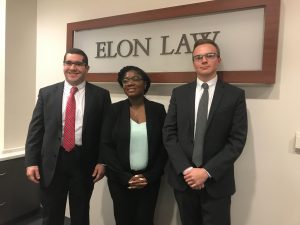Bradley Foundation Chief Describes Its Conservative Philosophy and Grant Making
As Rick Graber sees it, the Bradley Foundation operates “in a world of ideas, and we fund people who are in the world of ideas.”
That’s one way to describe the work of the Milwaukee-based foundation. But it is important to add a few things to that description: The Bradley Foundation is huge – it has an endowment of about $900 million and it makes grants of $40 to $50 million a year. It is influential – it has provided funding sparking big changes in American policy since it was launched in the mid-1980s. And it is conservative – its leaders have never hesitated in using that label to describe its support of limited government, free markets, traditional values, and other conservative causes. One of its signature issues is support of programs allowing parents to send their children to private and religious schools using public money.
Graber, president and CEO of Bradley since 2016, told an audience at an “On the Issues with Mike Gousha” program at Marquette Law School on Thursday, October 17, that the foundation tries to do what two brothers, Harry and Lynda Bradley, would want them to do. The two were founders of the Allen-Bradley Co., and they were supporters of conservative causes. Both died more than a half century ago and the foundation is funded out of some of the proceeds of the sale of Allen-Bradley in the 1980s.


